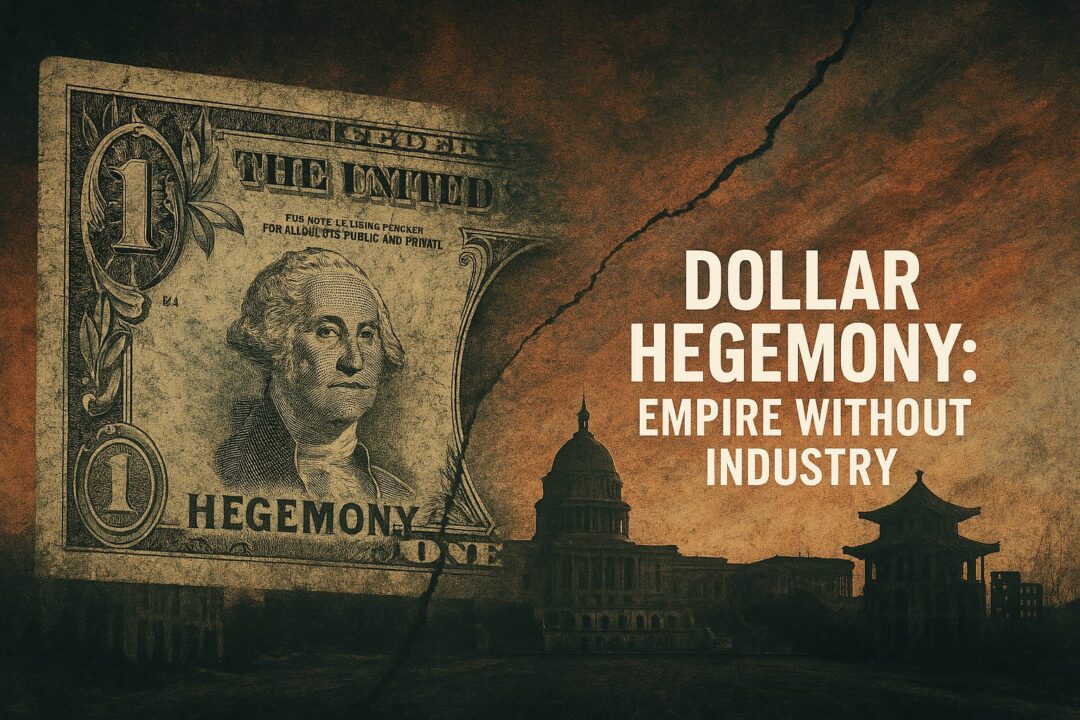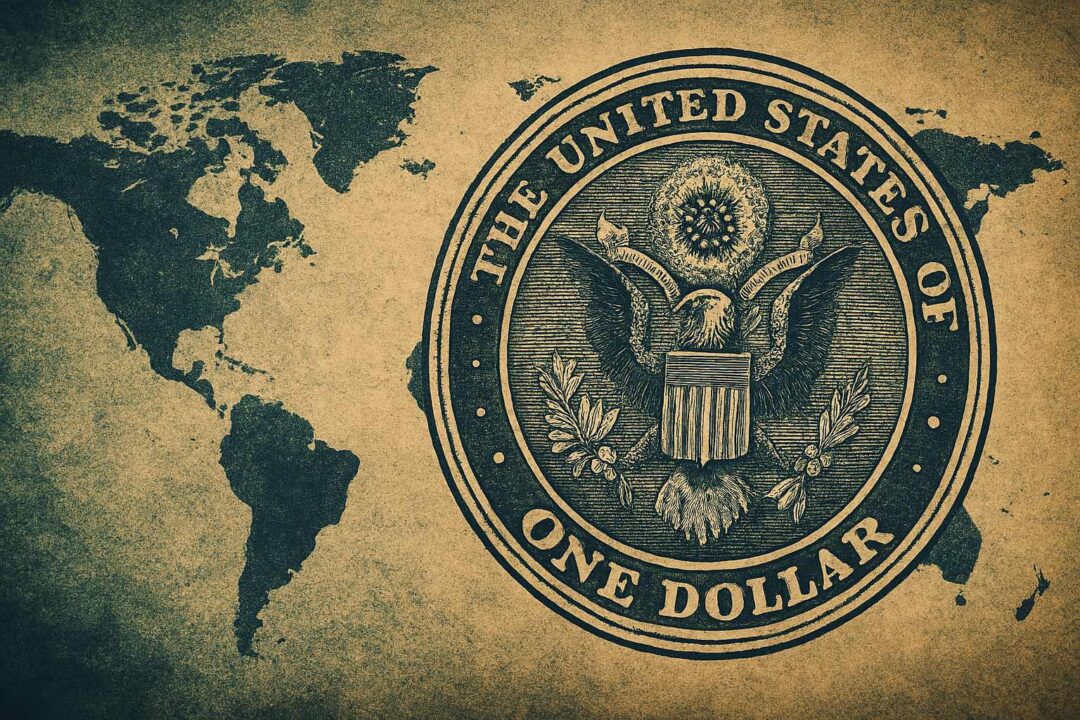It’s one of the most repeated ideas in economics: “A weaker currency boosts exports.” Politicians say it, central banks hint at it, and headlines run with it whenever exchange rates dip.
But here’s the uncomfortable truth: this theory often fails completely in the real world.
Sure, it sounds intuitive — make your goods cheaper internationally, and the world will line up to buy them. But what if you don’t actually have anything to sell? What if no one wants it even at a discount? Or what if your competitors are still better, faster, and cheaper?
In reality, many countries see little or no export benefit from a weaker currency. Some even suffer because of it.
In this post, we’ll break down exactly why the weaker-currency-equals-more-exports narrative is often wrong — and what really determines whether a country can grow its exports.
1. You Can’t Export What You Don’t Produce
A basic flaw in the “cheaper currency = more exports” narrative is that some countries simply don’t have much to export in the first place. If an economy is mostly reliant on domestic consumption or imports, and lacks an established export base, making its goods cheaper won’t help — because there’s little to sell.
No amount of currency devaluation will create factories, farms, or tech sectors overnight. The supply side must already exist for a price change to impact trade volumes.
2. Global Demand Might Not Be There
Even if a country does produce goods, that doesn’t mean foreign buyers will buy more of them just because they’re cheaper. Many goods are price inelastic — demand doesn’t rise much when prices fall.
Worse still, if the global economy is weak, there may simply be no appetite for more imports, regardless of cost.
3. You May Be Outcompeted Anyway
In global trade, price isn’t everything. Other countries may still offer lower prices due to economies of scale, automation, or more efficient production.
Also, factors like:
- Product quality and reliability
- Trade relationships
- Logistics and delivery capabilities
- After-sales service
… all matter. A 10% price cut won’t suddenly make buyers abandon trusted suppliers in Germany or China for a new, unproven vendor.
4. Imported Inputs Become More Expensive
Many exports rely on imported components, raw materials, or capital goods. A weaker currency makes those more expensive, potentially erasing the cost advantage of the cheaper currency.
For example, if a car manufacturer imports half its parts, the cost of building that car could rise, even if its final price in foreign markets falls.
5. Domestic Inflation Can Cancel the Gain
Currency devaluation often leads to inflation, especially in import-reliant economies. As the costs of food, fuel, and materials rise, local producers may be forced to raise prices just to maintain margins — offsetting any initial export price advantage.
6. Structural Constraints Can’t Be Ignored
A weaker currency won’t solve:
- Poor infrastructure
- Bureaucratic red tape
- Corruption or political risk
- Limited access to finance for exporters
- Skills shortages
All of these bottlenecks prevent export expansion, no matter how favorable the exchange rate might be.
Conclusion: A Blunt Tool, Not a Magic Wand
The idea that weaker currencies boost exports is an economic simplification that rarely holds up under scrutiny. It assumes ideal conditions: elastic demand, scalable production, competitive industries, and no structural constraints.
In reality, many countries face deep limitations that prevent them from capitalizing on a cheaper currency. Export performance is driven by more than price — it depends on what you produce, how competitive you are, and whether the world wants what you’re selling.
So the next time you hear someone say devaluing the currency will “boost exports,” it’s worth asking: exports of what, to whom, and how?
Discover more from Brin Wilson...
Subscribe to get the latest posts sent to your email.



